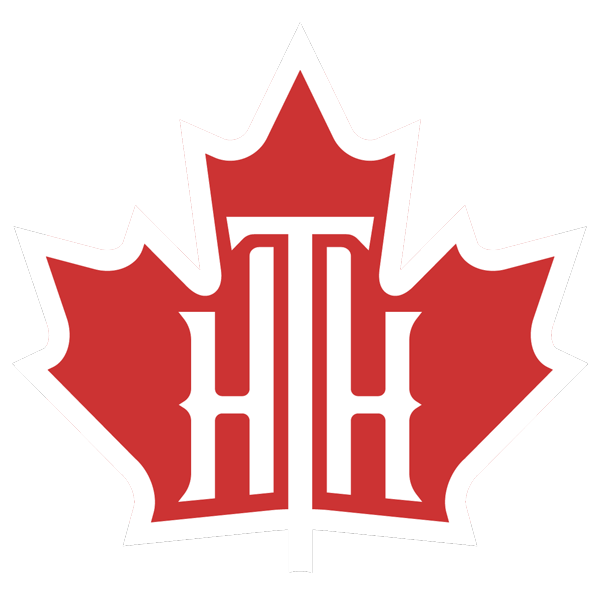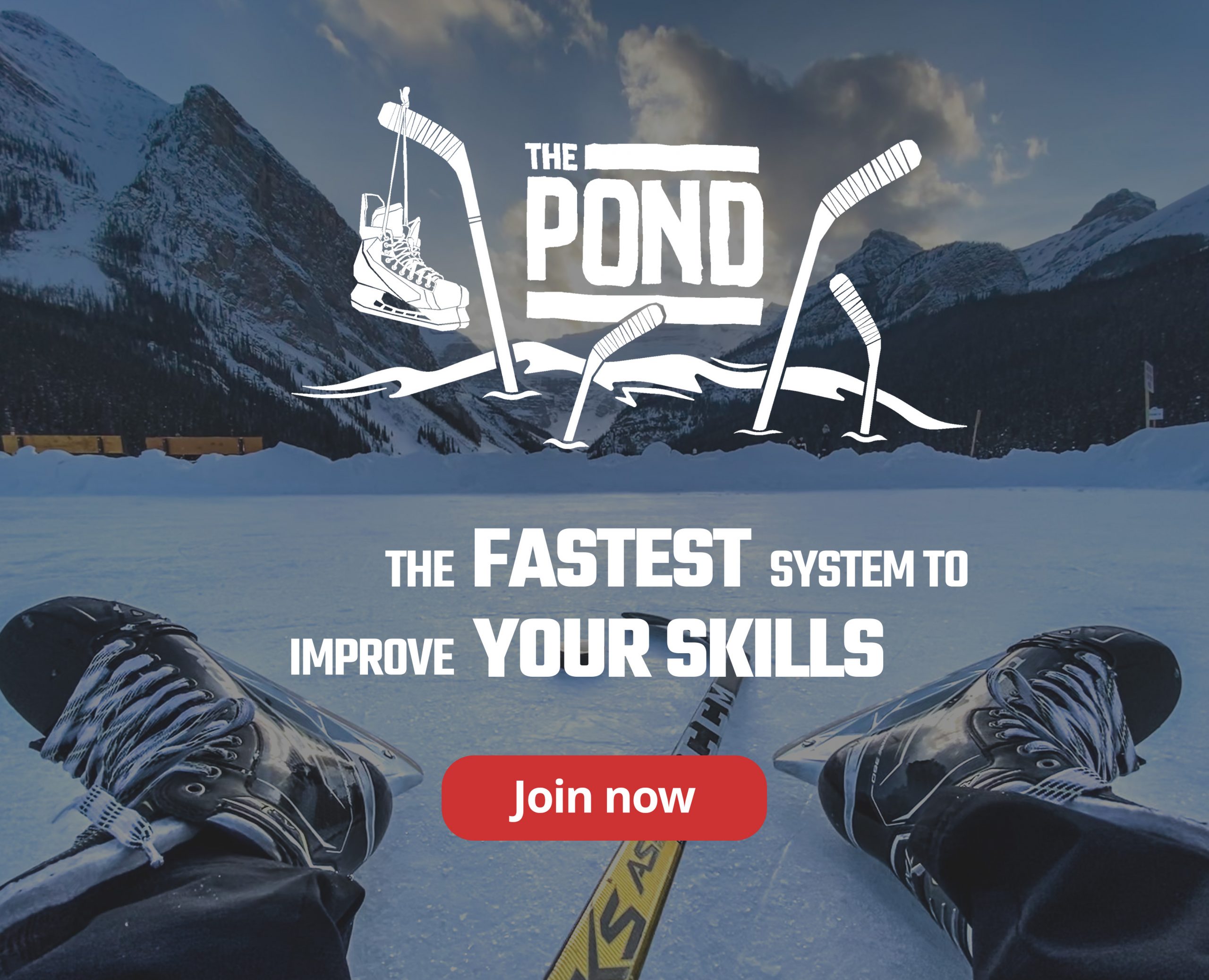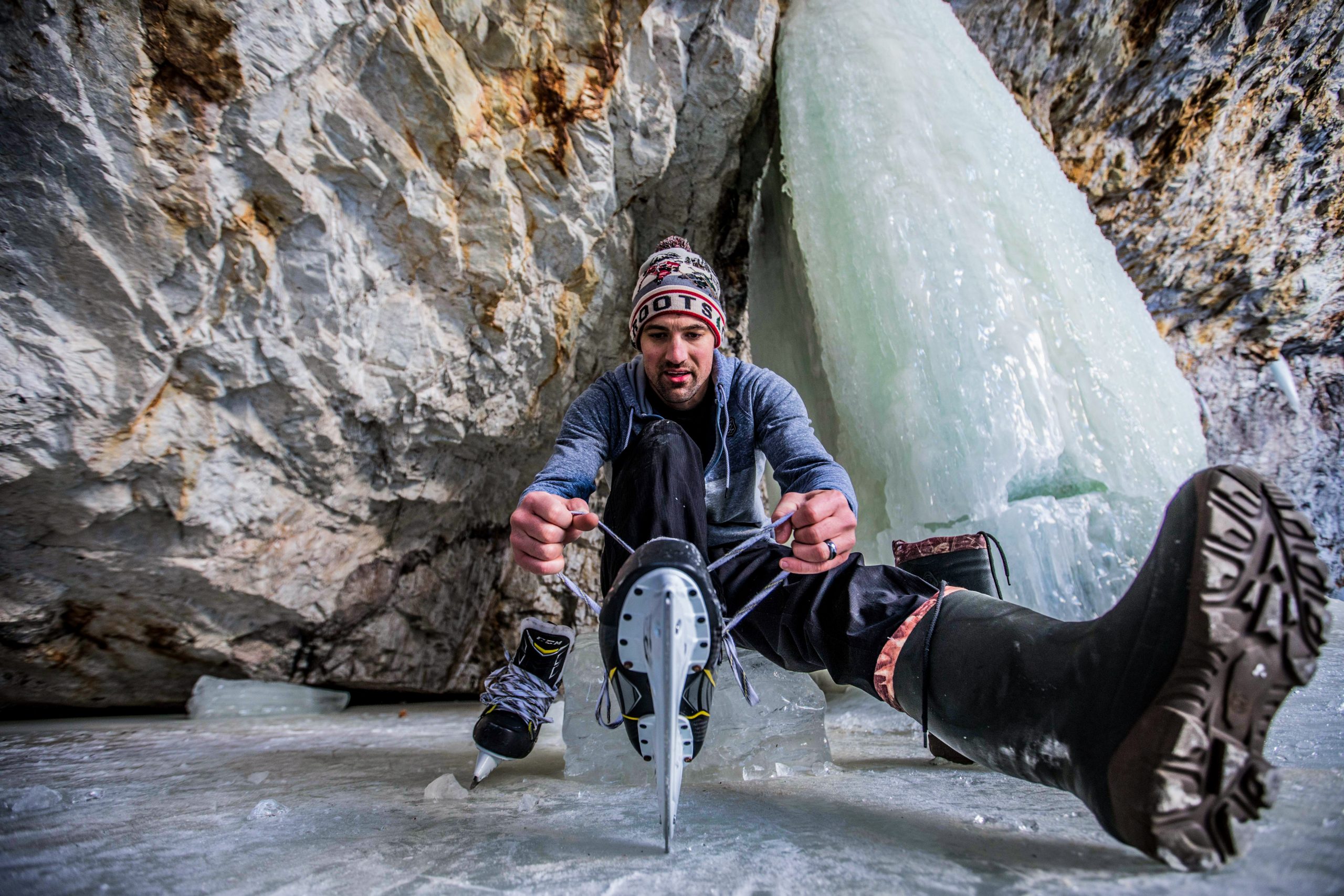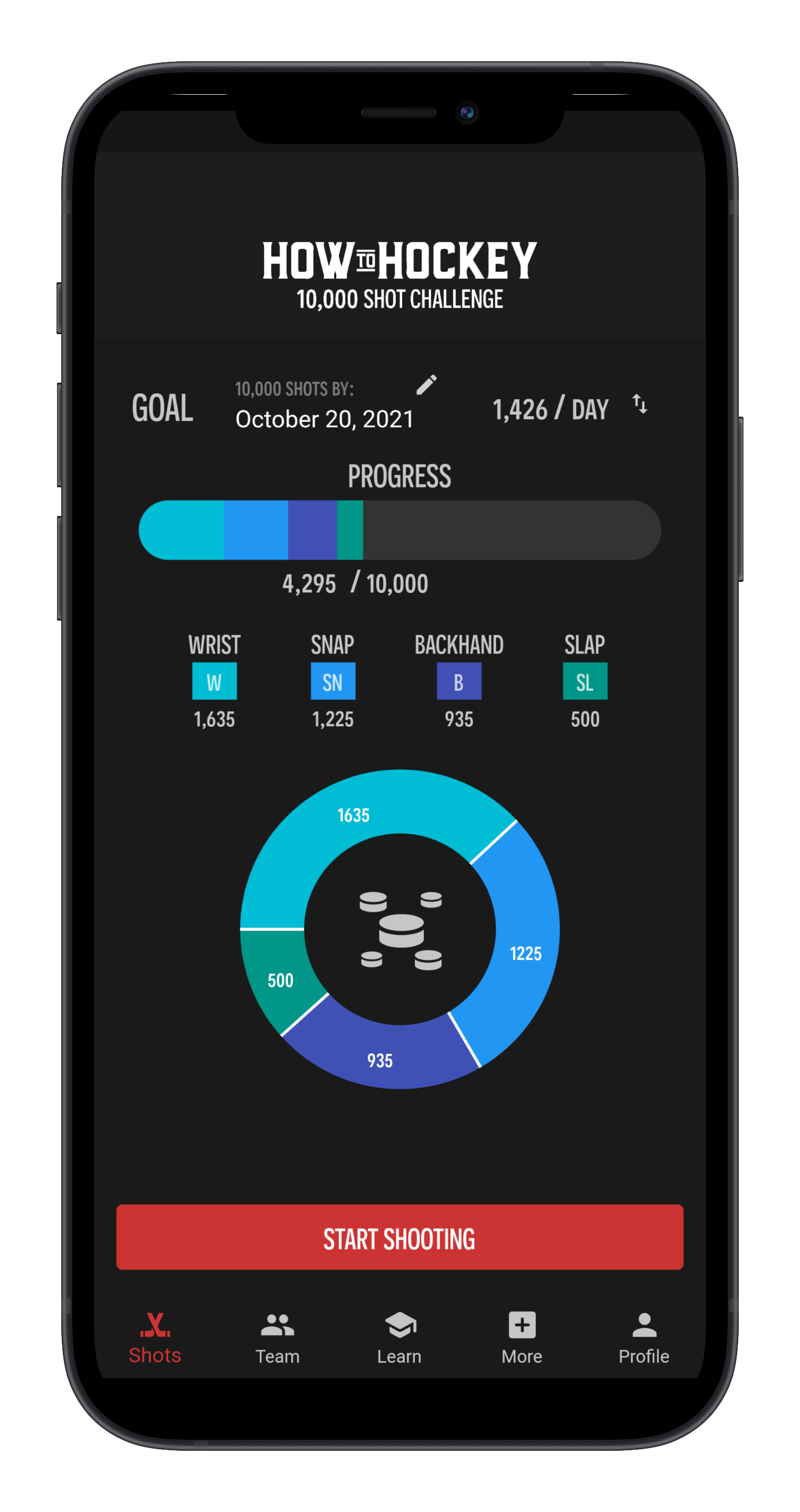On top of baking your skate, molding your skate, and doing everything you can to make your skate comfortable, skate blade profiling can greatly help your skating ability. There’s lots of options out there, enough to make your head spin. You can have a forward lean, reverse lean, centered lean, what degree you want the blade to sit at, etc. In this video, I help you to make sense of these options, and to figure out how to best profile your blade for your game.
When you buy a new pair of skates they come with a factory grind on the steel. It is recommended that you get them profiled before skating in them. The most common profiles are 7 foot 9 foot 11 foot and 13 foot. Most players go with a 9 foot radius, but there are many options to consider.
In this video, Glen (who played for seven years in the NHL) tries to find the best balance point for my skates, based on their inside size. Once he does that (with a very fancy looking tool, I might add), he can sharpen based on that balance point. Your balance point has a lot to do with the radius on your blade. Because the skate blade a partial circle, if you were to extend it, it would create a full circle, somewhere between seven and 13 feet in radius. The flatter your blade, the larger the circle would be. This is a lot easier to see when we have a full shot of a blade, like this:
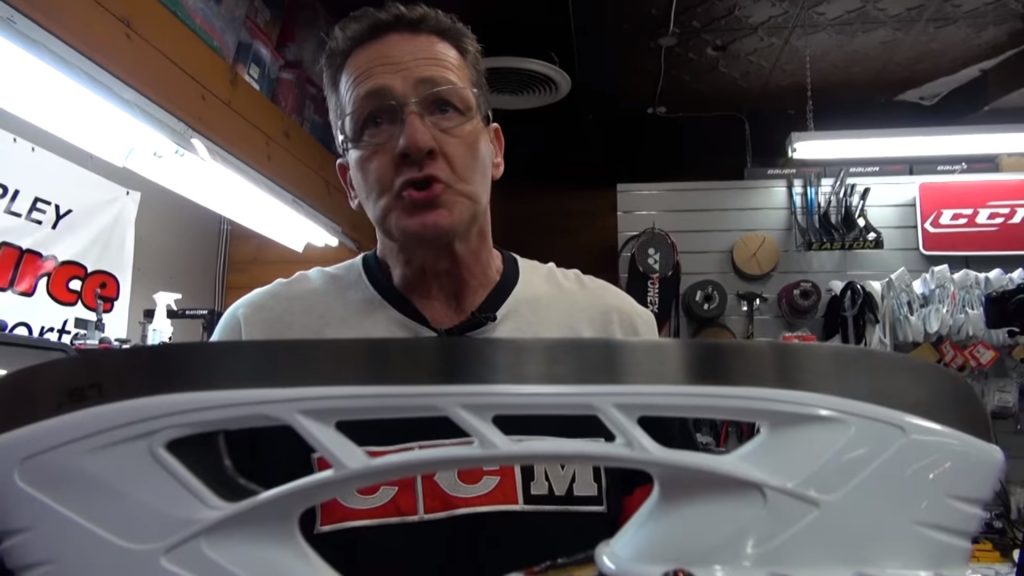
Notice the curve of the skate blade. The more rounded the blade, the shorter the radius of the circle. A seven foot radius gives you much tighter turns, and are better for people with really short strides, as there is less steel touching the ice. The longer your blade radius, the longer your strides would need to be to skate well on those blades.
Glen then explains a little bit about the forward vs. reverse lean, and its not as straight forward as it once was. It’s not that forwards use a forward lean, and defencemen use a reverse lean, but its nearly impossible to guess who will use what kind of lean now. Glen says for years, he used a forward lean, and when he switched to a reverse lean, he felt much more stability, without losing and speed or explosiveness. You’ll have to experiment with forward vs. reverse lean to find your best fit, or, stick with a balanced lean, which the majority of skate shops will give you.
We get to watch Glen go through the very specific details of grinding down a blade, getting the radius needed, working down high spots, and cross grinding to roll the edges a little.
Big thanks to Glen for walking us through the very specific details of skate profiling. Hopefully now you know what to ask for when you head into a skate shop like his.
Check out the first two videos in this series here:
New Skate Prep: Why You Should Bake Your Skates
Footbed/Insole Options to Reduce Foot Pain for Hockey Players
